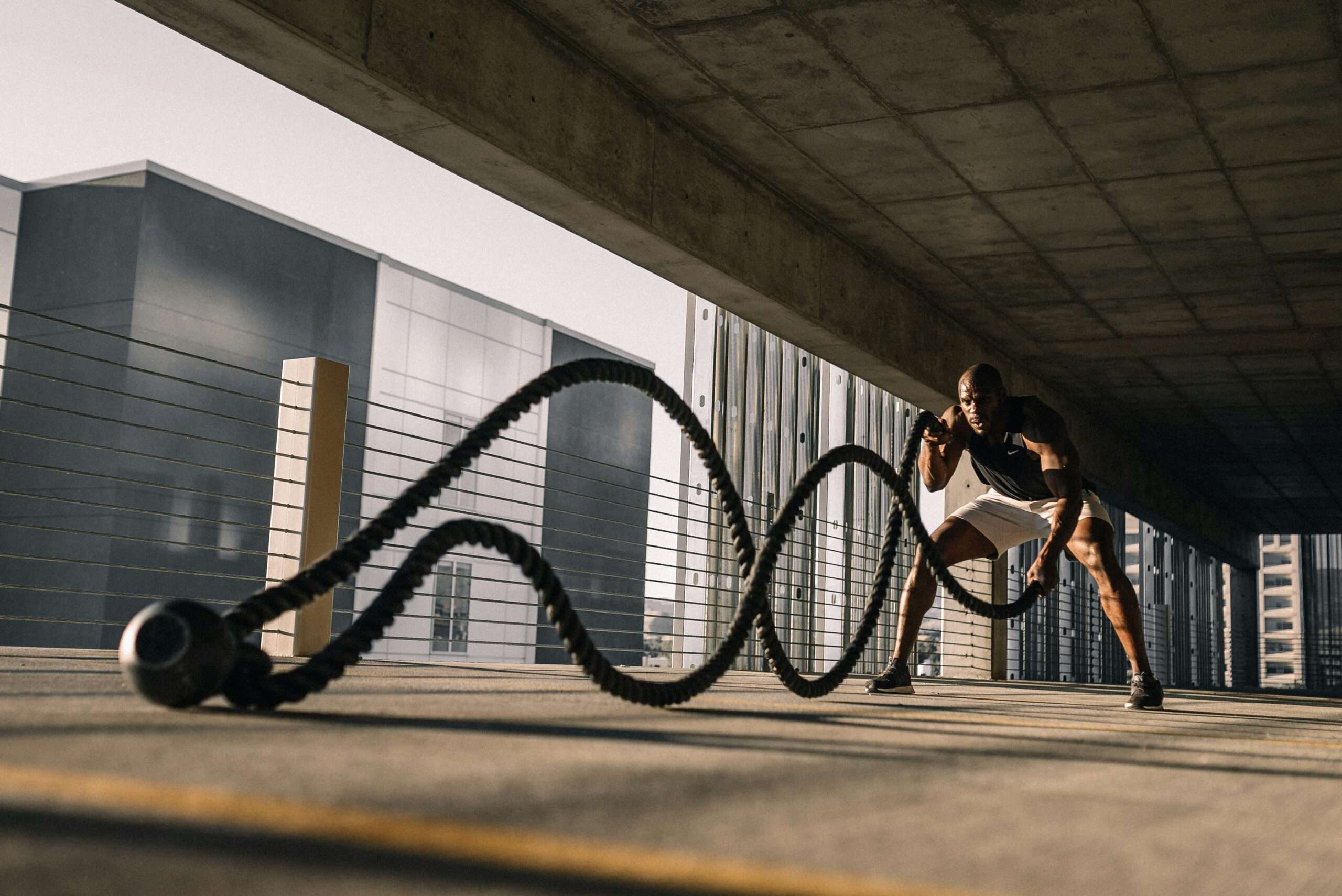
Essential Fitness Tips for Beginners: Are you tired of feeling out of shape and overwhelmed by the thought of starting a fitness journey? 🏋️♀️💪 You’re not alone! Many beginners struggle to find their footing in the vast world of fitness, unsure where to begin or how to make meaningful progress.
But here’s the good news: embarking on your fitness adventure doesn’t have to be complicated or intimidating. With the right guidance and a few essential tips, you can transform your body and mind, boosting your confidence and overall well-being. Whether you’re looking to shed a few pounds, build muscle, or simply feel more energized throughout the day, we’ve got you covered with 10 game-changing fitness tips that will set you up for success from day one.
Ready to take the first step towards a healthier, stronger you? Let’s dive into these crucial strategies that will help you navigate the fitness landscape with ease and enthusiasm. From setting achievable goals to finding activities you truly enjoy, we’ll explore everything you need to know to kickstart your fitness journey and make lasting, positive changes in your life.
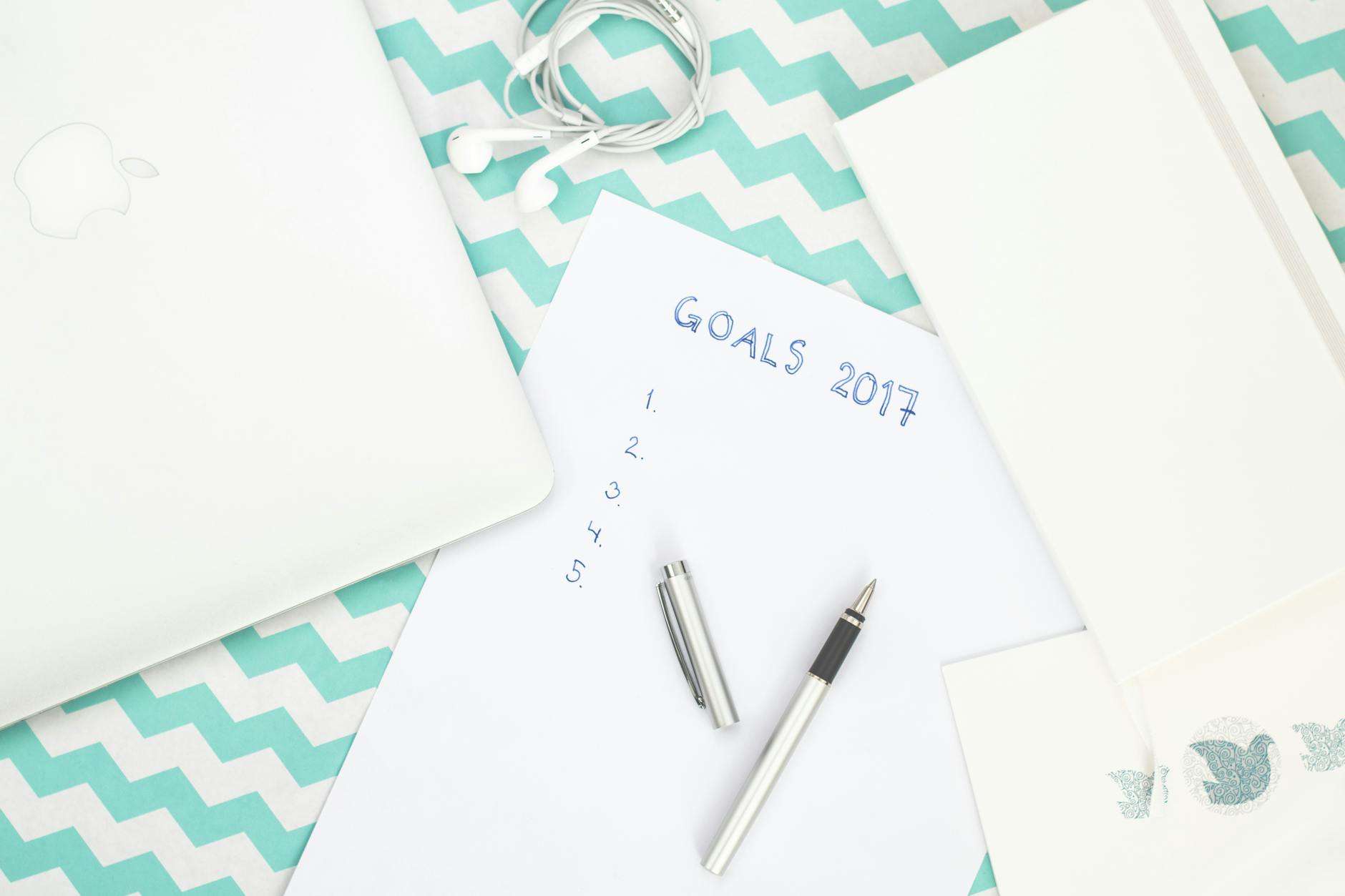
Set Realistic Goals
Setting realistic goals is crucial for long-term success in your fitness journey. By understanding your current fitness level, creating SMART objectives, and tracking your progress, you’ll stay motivated and achieve sustainable results.
A. Understand your current fitness level
Before embarking on your fitness journey, it’s essential to assess your current physical condition. This will help you set appropriate goals and avoid injury. Consider the following:
- Cardiovascular endurance
- Strength and flexibility
- Body composition
- Any health conditions or limitations
B. Create SMART fitness objectives
SMART goals are Specific, Measurable, Achievable, Relevant, and Time-bound. Use this framework to set clear and attainable fitness goals:
| SMART Criteria | Example |
|---|---|
| Specific | Run a 5K race |
| Measurable | Improve running time by 2 minutes |
| Achievable | Train 3 times a week for 8 weeks |
| Relevant | Aligns with overall health improvement |
| Time-bound | Complete the race in 3 months |
C. Track progress regularly
Monitoring your progress is key to staying motivated and adjusting your goals as needed. Here are some ways to track your fitness journey:
- Keep a workout log
- Take progress photos
- Use fitness apps or wearables
- Perform regular fitness assessments
- Celebrate small victories along the way
By setting realistic goals, you’ll build a solid foundation for your fitness journey. As you progress, remember to reassess and adjust your objectives to maintain steady improvement and avoid plateaus.
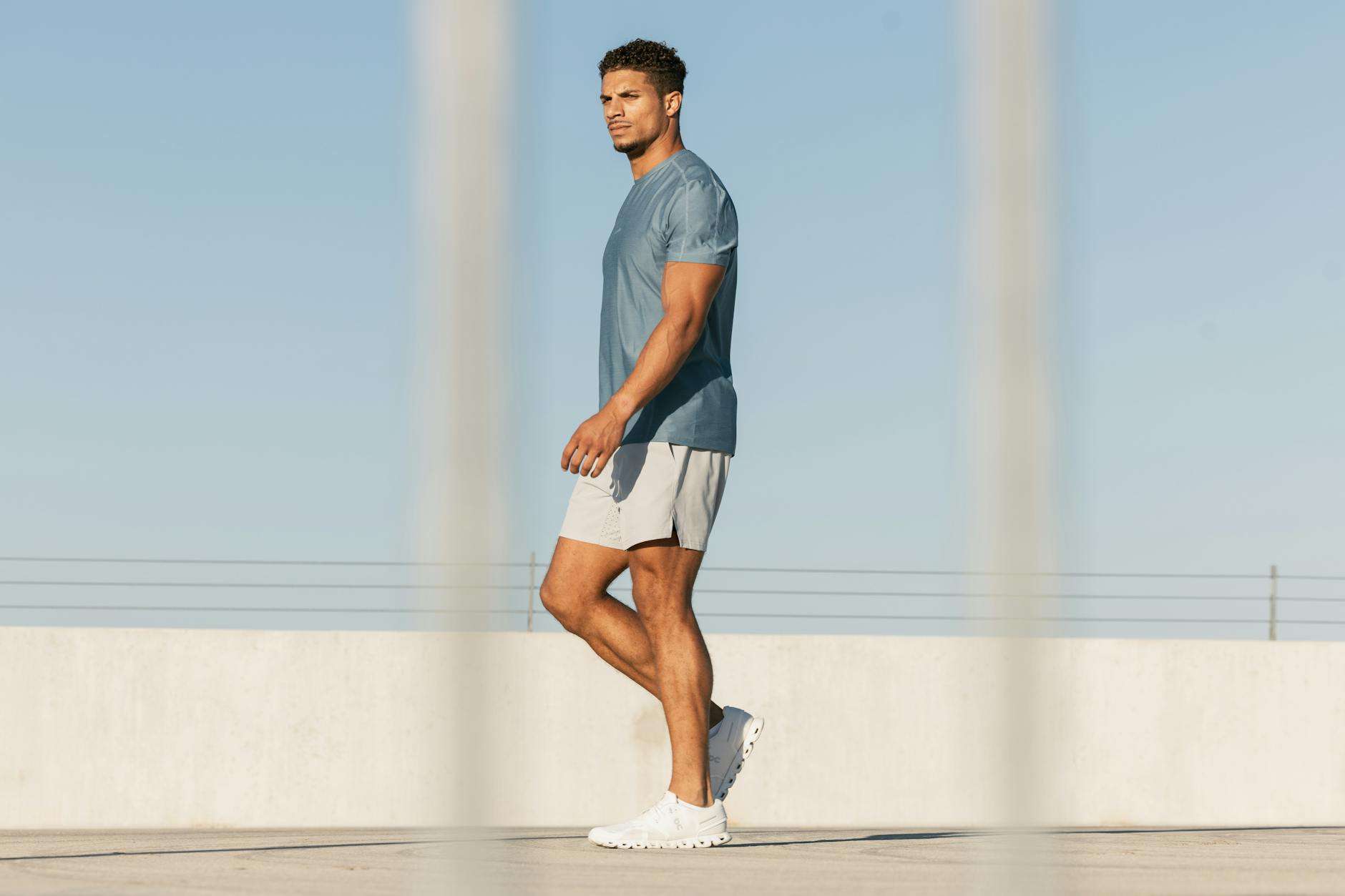
Start with a Balanced Workout Routine
A balanced workout routine is crucial for beginners to achieve overall fitness and avoid burnout. By incorporating various types of exercises, you’ll target different aspects of your health and fitness.
A. Incorporate cardiovascular exercises
Cardiovascular exercises, or cardio, are essential for improving heart health and burning calories. Aim for at least 150 minutes of moderate-intensity cardio per week. Some beginner-friendly options include:
- Brisk walking
- Cycling
- Swimming
- Low-impact aerobics
B. Include strength training
Strength training helps build muscle, increase metabolism, and improve bone density. Start with bodyweight exercises and gradually progress to using weights. Aim for 2-3 strength training sessions per week, focusing on major muscle groups:
- Squats
- Push-ups
- Lunges
- Planks
C. Add flexibility workouts
Flexibility exercises improve range of motion and reduce the risk of injury. Incorporate stretching or yoga into your routine 2-3 times a week. Some effective stretches include:
- Hamstring stretch
- Shoulder rolls
- Cat-cow pose
- Child’s pose
D. Balance workout intensity and frequency
Finding the right balance is crucial for beginners. Here’s a sample weekly plan:
| Day | Activity | Duration |
|---|---|---|
| Mon | Cardio + Strength | 30-45 min |
| Tue | Flexibility | 20-30 min |
| Wed | Cardio | 30 min |
| Thu | Rest | – |
| Fri | Strength + Flexibility | 30-45 min |
| Sat | Cardio | 30 min |
| Sun | Rest | – |
Remember to start slowly and gradually increase intensity and duration as your fitness improves. With this balanced approach, you’ll build a solid foundation for your fitness journey. Next, we’ll explore the importance of mastering proper form and technique to maximize your results and prevent injuries.
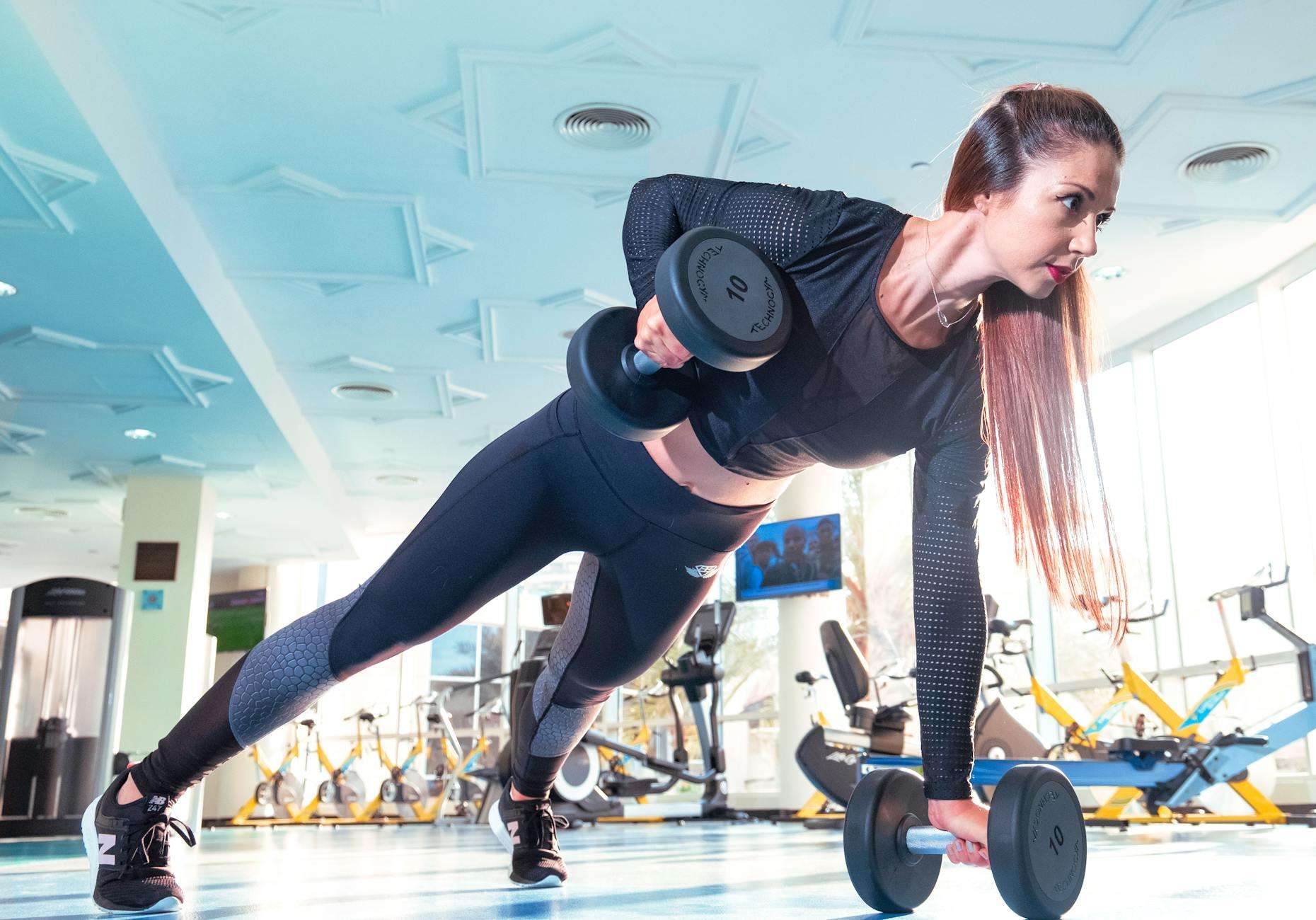
Master Proper Form and Technique
Mastering proper form and technique is crucial for beginners to maximize the effectiveness of their workouts and prevent injuries. Let’s explore three key aspects of achieving correct form:
A. Learn basic exercise movements
Understanding fundamental exercises is essential for building a strong fitness foundation. Here’s a table outlining some basic movements and their benefits:
| Exercise | Muscle Groups | Benefits |
|---|---|---|
| Squats | Legs, Core | Builds lower body strength, improves balance |
| Push-ups | Chest, Arms | Strengthens upper body, improves core stability |
| Lunges | Legs, Glutes | Enhances leg strength, improves coordination |
| Planks | Core, Back | Strengthens core, improves posture |
B. Seek guidance from fitness professionals
Working with a certified trainer or experienced gym instructor can:
- Provide personalized form corrections
- Offer tailored exercise recommendations
- Ensure safe progression in your fitness journey
C. Use mirrors or video recordings to check form
Visual feedback is invaluable for improving technique:
- Practice exercises in front of a mirror
- Record yourself performing exercises
- Analyze your movements to identify areas for improvement
Now that you understand the importance of proper form and technique, let’s explore how to invest in appropriate workout gear to support your fitness journey.

Prioritize Nutrition for Optimal Results
Now that you’ve established a solid workout routine, it’s crucial to focus on nutrition to maximize your fitness results. Proper nutrition fuels your body, aids in recovery, and helps you reach your fitness goals more efficiently.
Understand macronutrients
Macronutrients are the building blocks of your diet:
- Proteins: Essential for muscle repair and growth
- Carbohydrates: Primary energy source for your body
- Fats: Important for hormone production and nutrient absorption
| Macronutrient | Function | Examples |
|---|---|---|
| Proteins | Muscle repair and growth | Lean meats, fish, eggs, legumes |
| Carbohydrates | Energy source | Whole grains, fruits, vegetables |
| Fats | Hormone production | Avocados, nuts, olive oil |
Plan balanced meals
Create meals that include all three macronutrients. Aim for:
- A palm-sized portion of protein
- A fist-sized portion of complex carbohydrates
- A thumb-sized portion of healthy fats
- Two fists of vegetables
Stay hydrated
Proper hydration is crucial for optimal performance and recovery. Aim to drink:
- At least 8 glasses of water daily
- More during workouts or in hot weather
Consider pre and post-workout nutrition
Fuel your body before and after exercise:
- Pre-workout: Light, easily digestible carbs and protein
- Post-workout: Protein for muscle recovery and carbs to replenish energy stores
By prioritizing nutrition alongside your workout routine, you’ll see better results and feel more energized. Next, we’ll discuss the importance of investing in appropriate workout gear to enhance your fitness journey.
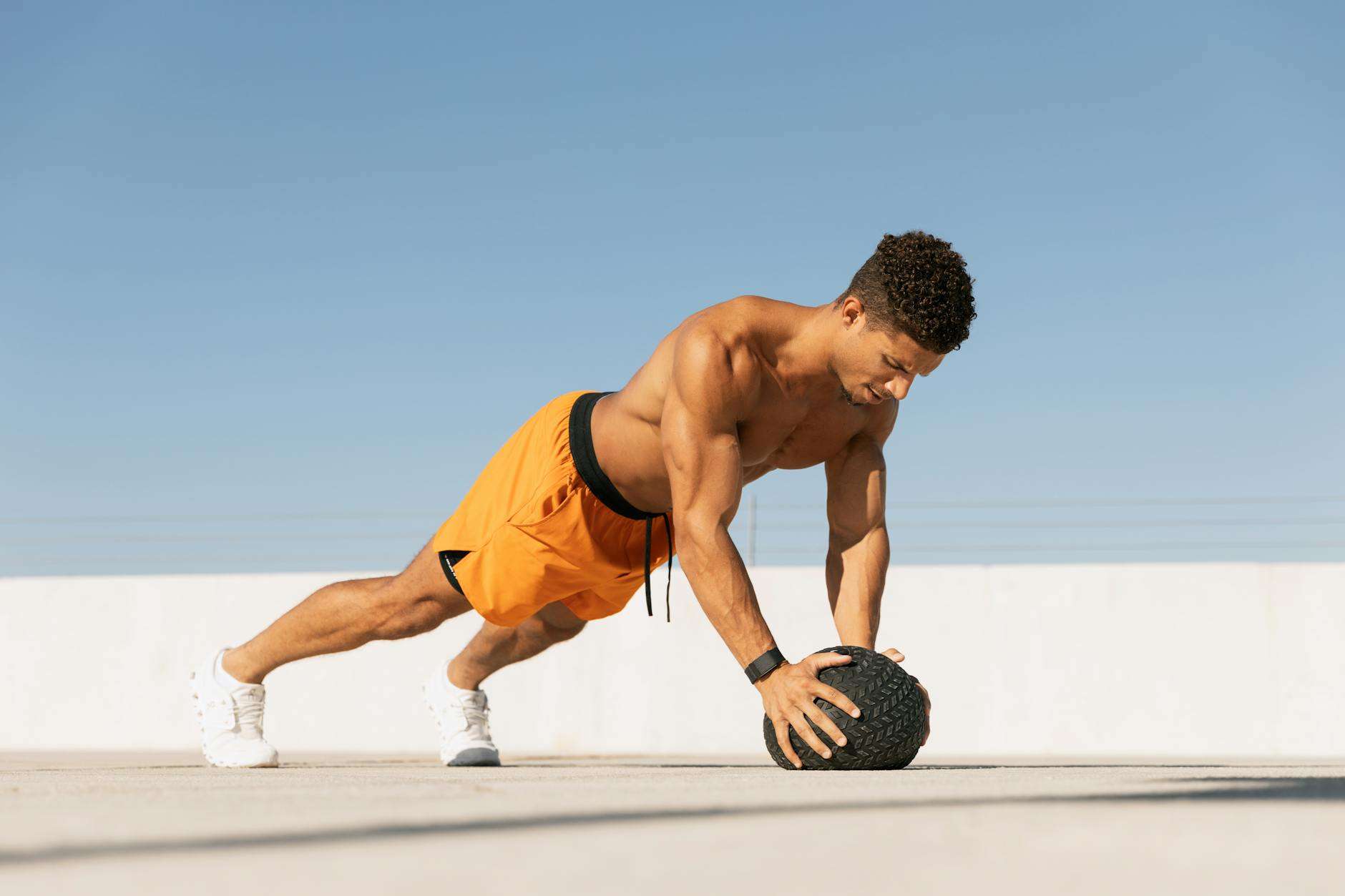
Invest in Appropriate Workout Gear
Now that you understand the importance of proper nutrition, let’s focus on equipping yourself with the right gear for your fitness journey. Investing in appropriate workout gear is crucial for comfort, safety, and optimal performance.
Choose comfortable, supportive shoes
Selecting the right footwear is paramount for any fitness routine. Here’s a quick guide to help you choose:
- Running: Look for shoes with good cushioning and stability
- Cross-training: Opt for versatile shoes with lateral support
- Weightlifting: Choose flat-soled shoes for better ground contact
| Activity | Key Features |
|---|---|
| Running | Cushioning, stability |
| Cross-training | Versatility, lateral support |
| Weightlifting | Flat sole, stability |
Wear moisture-wicking clothing
Proper workout attire can significantly impact your comfort and performance:
- Choose synthetic fabrics like polyester or nylon
- Look for clothes labeled as “moisture-wicking” or “quick-dry”
- Avoid cotton, as it retains sweat and can cause chafing
Use proper equipment for different exercises
Each type of exercise requires specific equipment. Here are some essentials:
- Strength training: Dumbbells, resistance bands, and a yoga mat
- Cardio: Jump rope, exercise bike, or treadmill
- Flexibility: Yoga mat and foam roller
Remember, quality gear doesn’t have to break the bank. Start with the basics and gradually build your collection as you progress in your fitness journey. With the right equipment, you’ll be better prepared to tackle various exercises and reduce the risk of injury. Next, we’ll explore the importance of warming up and cooling down effectively to maximize your workout benefits.
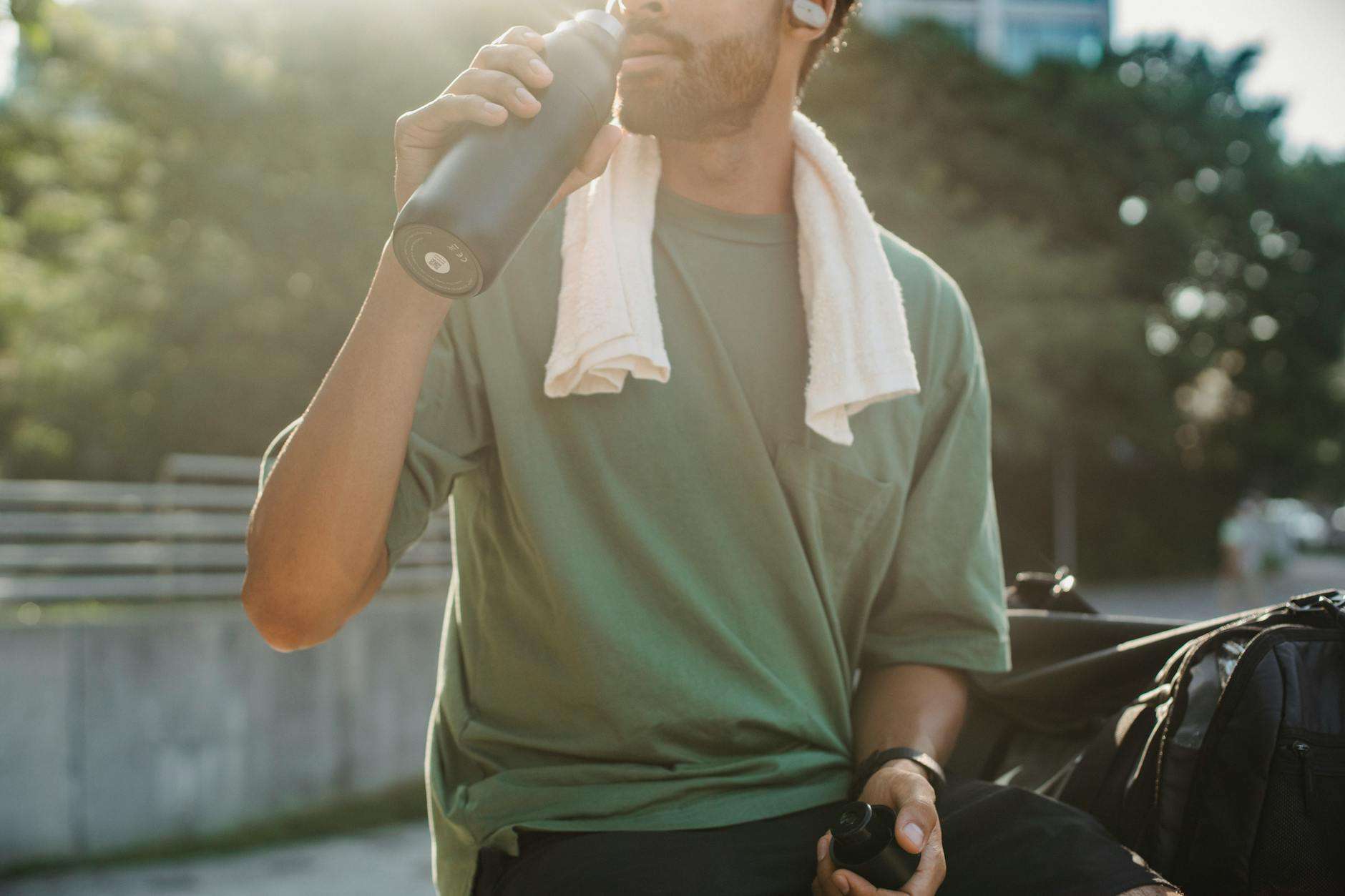
Warm Up and Cool Down Effectively
Now that you’ve learned about proper workout gear, let’s focus on the importance of warming up and cooling down. These often-overlooked aspects of your fitness routine are crucial for preventing injuries and maximizing your workout benefits.
Perform dynamic stretches before workouts
Dynamic stretches are active movements that prepare your body for exercise. They increase blood flow, improve flexibility, and enhance your range of motion. Here’s a quick list of dynamic stretches to try:
- Arm circles
- Leg swings
- Walking lunges
- High knees
- Torso twists
Include static stretches post-exercise
After your workout, static stretches help cool down your body and improve flexibility. Hold each stretch for 15-30 seconds without bouncing. Here’s a comparison of dynamic and static stretches:
| Dynamic Stretches | Static Stretches |
|---|---|
| Active movements | Held positions |
| Pre-workout | Post-workout |
| Improves blood flow | Improves flexibility |
| Enhances range of motion | Reduces muscle tension |
Gradually increase and decrease intensity
To effectively warm up and cool down, focus on gradually adjusting your workout intensity. Start with light exercises and progressively increase the intensity. Similarly, when cooling down, gradually decrease your effort to bring your heart rate back to normal.
Remember, proper warm-up and cool-down routines are essential for beginners to prevent injuries and improve overall performance. Next, we’ll explore the importance of listening to your body during workouts.
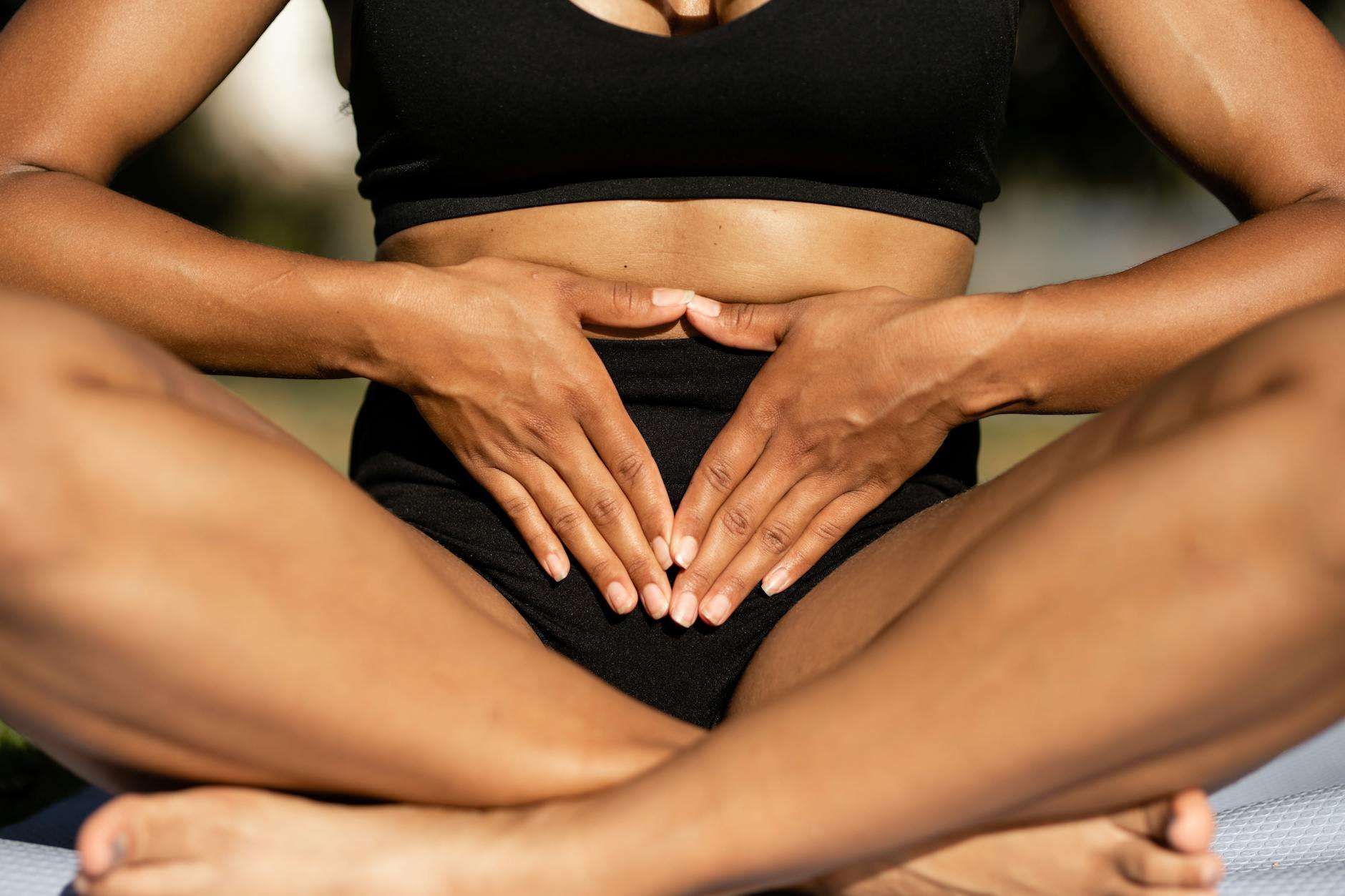
Listen to Your Body
As you embark on your fitness journey, it’s crucial to develop a keen awareness of your body’s signals. Listening to your body is an essential skill that can help prevent injuries, optimize your workouts, and ensure long-term success.
Recognize signs of overtraining
Overtraining can lead to burnout and hinder your progress. Be on the lookout for these warning signs:
- Persistent fatigue
- Decreased performance
- Mood changes
- Insomnia
- Frequent illnesses
If you experience any of these symptoms, it’s time to reassess your workout routine and give your body the rest it needs.
Allow for adequate rest and recovery
Rest is not a sign of weakness; it’s a crucial component of any successful fitness program. Here’s why:
| Benefits of Rest | Consequences of Inadequate Rest |
|---|---|
| Muscle repair | Increased risk of injury |
| Energy restoration | Decreased performance |
| Mental rejuvenation | Burnout and loss of motivation |
Aim for at least one or two rest days per week, and ensure you’re getting enough sleep each night.
Modify exercises when necessary
Every body is unique, and what works for one person may not work for another. Don’t be afraid to modify exercises to suit your needs:
- Use lighter weights or resistance bands
- Reduce the number of repetitions or sets
- Choose low-impact alternatives for high-impact exercises
- Take breaks as needed during your workout
Remember, the goal is progress, not perfection. By listening to your body and making necessary adjustments, you’ll create a sustainable fitness routine that works for you in the long run.
Now that you understand the importance of tuning into your body’s signals, let’s explore how to find enjoyable activities that will keep you motivated on your fitness journey.
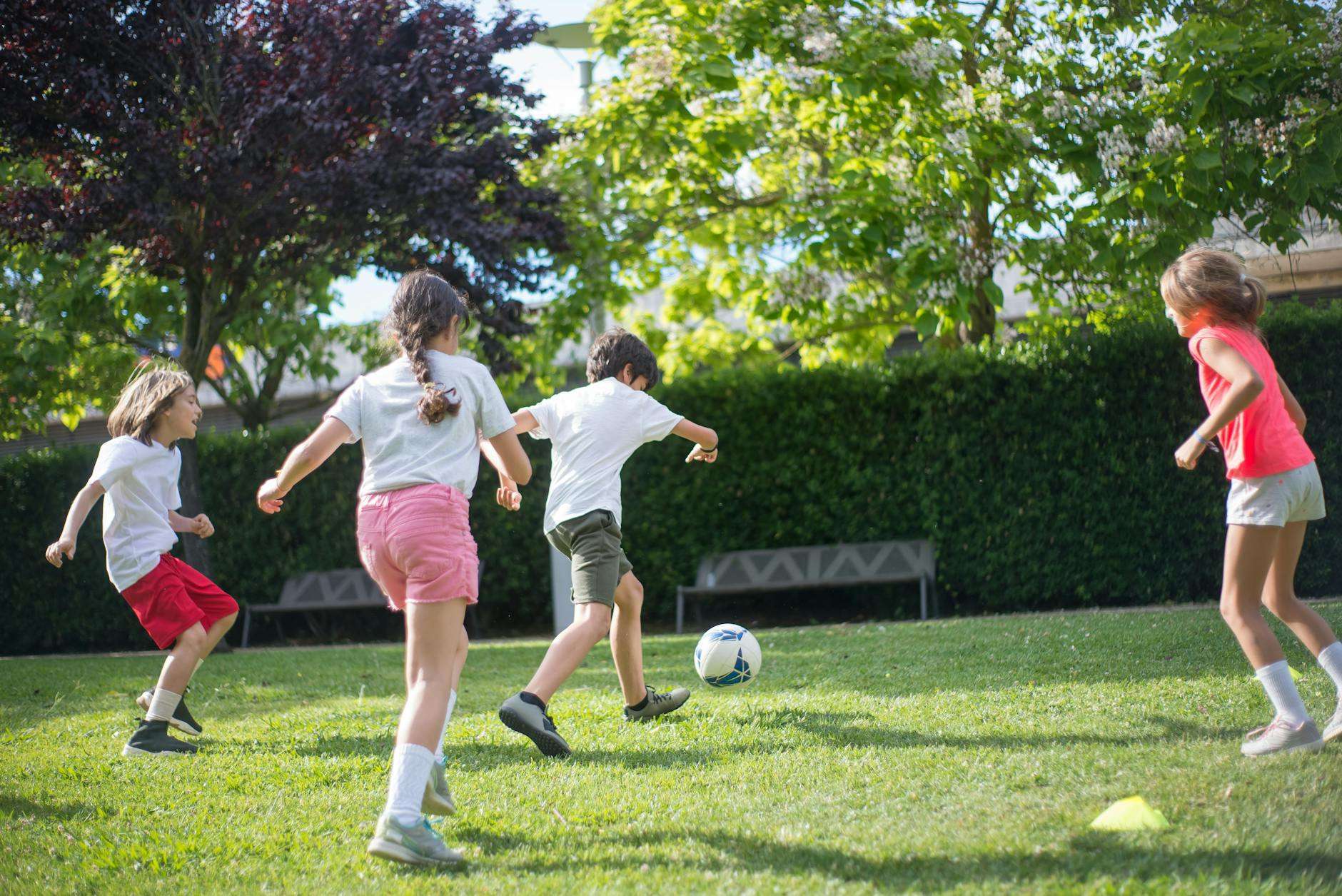
Stay Consistent and Patient
Consistency and patience are the cornerstones of any successful fitness journey. As a beginner, it’s crucial to understand that lasting results take time and dedication. Let’s explore how you can stay on track and maintain your motivation throughout your fitness journey.
Establish a regular workout schedule
Creating a consistent workout routine is essential for making progress and forming healthy habits. Here are some tips to help you establish a regular schedule:
- Choose specific days and times for your workouts
- Start with 2-3 sessions per week and gradually increase
- Set reminders on your phone or calendar
- Treat your workouts as important appointments
Overcome common obstacles to consistency
Even with the best intentions, obstacles can arise. Here’s a table outlining common challenges and strategies to overcome them:
| Obstacle | Strategy |
|---|---|
| Lack of time | Break workouts into shorter sessions |
| Low motivation | Find an accountability partner |
| Fatigue | Adjust workout intensity or timing |
| Boredom | Try new exercises or activities |
| Travel | Pack resistance bands or use bodyweight exercises |
Celebrate small victories
Recognizing your progress, no matter how small, is crucial for maintaining motivation. Here are ways to acknowledge your achievements:
- Keep a workout journal to track improvements
- Take progress photos to visualize changes
- Reward yourself for reaching milestones
- Share your successes with friends or online communities
Remember, consistency is key to seeing results. Stay patient and trust the process. As you continue your fitness journey, you’ll find that the habits you’re building now will lead to long-term success and improved overall health.

Find Enjoyable Activities
Finding activities you genuinely enjoy is crucial for maintaining a consistent fitness routine. When exercise feels like a pleasure rather than a chore, you’re more likely to stick with it long-term.
Explore Various Exercise Options
Don’t limit yourself to traditional gym workouts. There’s a wide array of fitness activities to choose from:
- Strength training
- Yoga
- Pilates
- Dancing
- Swimming
- Cycling
- Rock climbing
Experiment with different options to discover what resonates with you. Remember, the best exercise is the one you’ll actually do consistently.
Join Group Fitness Classes
Group classes offer numerous benefits:
| Benefit | Description |
|---|---|
| Motivation | Energetic atmosphere keeps you engaged |
| Structure | Professionally designed workouts |
| Social Aspect | Meet like-minded individuals |
| Accountability | Scheduled classes encourage regular attendance |
From high-intensity interval training (HIIT) to Zumba, there’s likely a class that matches your interests and fitness level.
Try Outdoor Activities
Embrace nature while getting fit:
- Hiking
- Trail running
- Kayaking
- Beach volleyball
- Outdoor yoga
These activities not only provide physical benefits but also offer mental rejuvenation through exposure to natural environments.
By finding activities you truly enjoy, you’ll be more likely to maintain your fitness journey and achieve your goals. Next, we’ll discuss the importance of building a support system to further enhance your success.

Build a Support System
Building a support system is crucial for maintaining motivation and achieving your fitness goals. Here’s how you can create a strong network to keep you on track:
A. Connect with workout buddies
Finding workout partners can significantly boost your motivation and accountability. Consider:
- Joining group fitness classes at your local gym
- Asking friends or colleagues to exercise together
- Using fitness apps to find nearby workout buddies
B. Join online fitness communities
The internet offers numerous platforms to connect with like-minded individuals:
| Platform | Benefits |
|---|---|
| Facebook Groups | Local and global communities, event organization |
| Subreddits for specific fitness interests, advice sharing | |
| Visual inspiration, follow fitness influencers | |
| Fitness Apps | Progress tracking, challenges, and social features |
C. Share goals with friends and family
Involving your close circle in your fitness journey can provide:
- Emotional support and encouragement
- Accountability for your goals
- Potential workout partners or healthy eating companions
D. Consider working with a personal trainer
A personal trainer can offer:
- Customized workout plans
- Expert guidance on proper form and technique
- Motivation and accountability
- Education on nutrition and lifestyle changes
By building a strong support system, you’ll find it easier to stay committed to your fitness journey. Remember, surrounding yourself with positive influences can make a significant difference in achieving your health and wellness goals.
Embarking on a fitness journey can be both exciting and challenging for beginners. By following these ten essential tips, you’re setting yourself up for success. Remember to set achievable goals, focus on a balanced routine, and prioritize proper form and nutrition. Investing in the right gear, warming up effectively, and listening to your body will help prevent injuries and ensure sustainable progress.
Consistency and patience are key to achieving lasting results. Find activities you enjoy and surround yourself with a supportive community to stay motivated. By implementing these strategies, you’ll not only improve your physical health but also boost your overall well-being. Start your fitness journey today, and embrace the positive changes that come with a healthier lifestyle.


